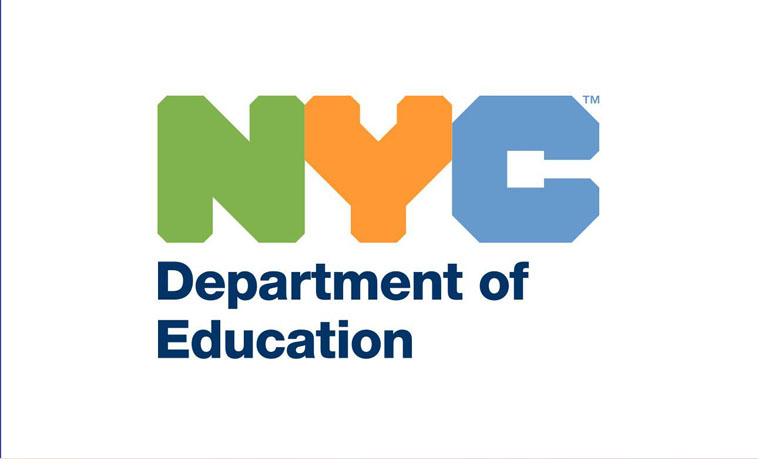Driven to Distraction
“They wanna
talk to their passengers, they wanna carry on their conversations, they
wanna be cool, they go a little faster.”
Officer
Charles Forrester
Seventeen-year-old Jason Brady
was a popular high school wrestler.
“He always had this
smile like everythings gonna be OK,” says his friend, eighteen-year-old
Jacob.
But on March 16, things didnt
turn out “OK”. Jason, riding with four other teens, died when
the car flipped coming around a turn.
The fact that teens can be
dangerous drivers is no surprise, but now a study by John Hopkins School
of Public Health has quantified the risk and shows how that risk increases
with additional teen passengers. A sixteen-year-old to seventeen-year-old
with one passenger is fifty percent more likely to die. Two passengers
doubles the danger, and with three or more, the chance of a fatal accident
more than triples.
“They wanna talk
to their passengers, they wanna carry on their conversations, they wanna
be cool, they go a little faster. They tend to go a little faster when
there are more of them in the car,” explains traffic enforcement
officer Charles Forrester.
Experts
say parents need to teach teens how to say “no” when loading
in a car with a group of friends. Put them in a drivers safety
program or take them to the junk yard to see first hand the smashed
up cars.

